NRR:暨南大学张力团队提出运动改善癫痫认知的新机制
癫痫是最常见的神经系统疾病之一,除反复发作和意识丧失外,癫痫还经常导致认知障碍,严重影响患者的生活质量。癫痫的主要神经病理特征是大脑多个区域中的兴奋-抑制失衡,可导致神经网络的超同步和过度兴奋发放[1]。除谷氨酸能神经元外,小清蛋白阳性中间神经元也被认为与癫痫的发病有关[2]。在对颞叶癫痫患者尸检中发现,其颞叶小清蛋白阳性细胞密度较低[3],这支持癫痫了小清蛋白中间神经元功能障碍的假设。
运动是降低精神和神经系统疾病长期风险的有效措施[4]。然而,其在癫痫治疗中的价值仍存在很大的争议。以前临床医师主要出于安全考虑而限制癫痫患者的活动,但是最近有观点倾向于适度的体育锻炼可改善精神状态和药物的作用效率[5]。为揭示运动治疗癫痫的机制,有研究探索了脑源性神经营养因子的作用[6],但关注中间神经元的研究还比较罕见。有趣的是,运动已被证明在多种疾病模型中可保护海马小清蛋白阳性中间神经元[7, 8]。因此,来自中国暨南大学张力团队提出运动可能通过调节小清蛋白阳性中间神经元来改善癫痫相关的认知障碍的假设。
首先,张力等利用毛果芸香碱建立了癫痫小鼠模型,并在其恢复运动能力后,使其在跑步机上进行为期2周的跑步运动。新物体识别实验和Y迷宫实验检测小鼠的认知和空间记忆能力,得出运动能显著改善癫痫小鼠的认知和空间记忆能力(图1)。
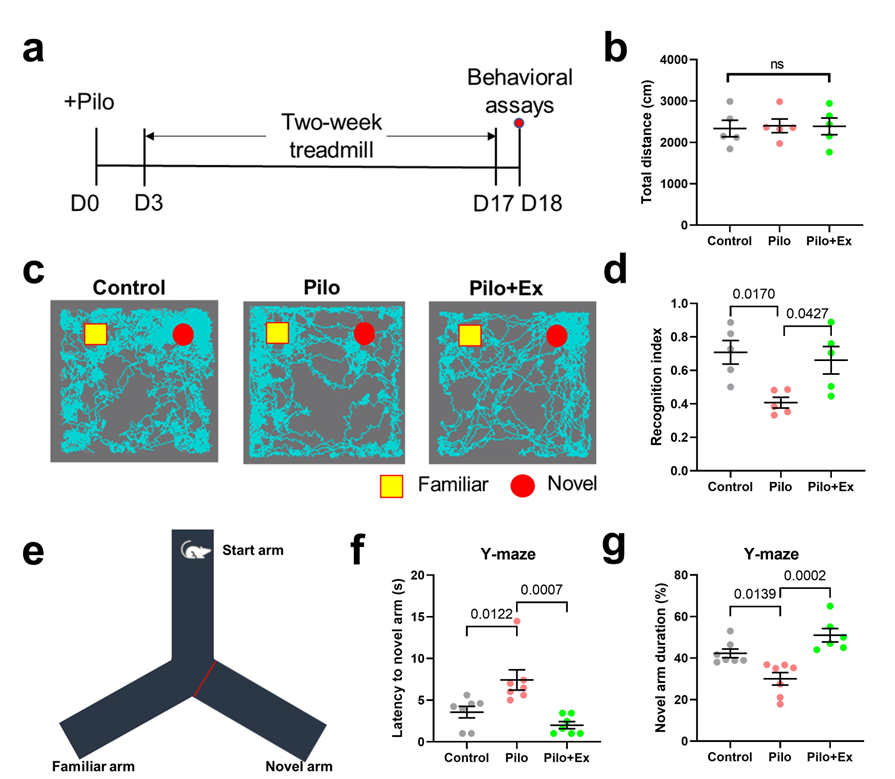
图1运动对癫痫小鼠认知和空间记忆的影响(图源:Yu et al., Neural Regen Res, 2024)
随后,探索了运动改善癫痫小鼠认知功能的机制,重点关注认知的关键区域海马的神经可塑性。结果发现,毛果芸香碱组的配对脉冲比在较短的刺激间隔下升高,表明癫痫模型小鼠海马CA1区神经元兴奋性升高,而运动可使配对脉冲比恢复到正常水平。同时,毛果芸香碱组长时程增强的维持受损(约为基线的1.5倍),而运动可使长时程增强提高至对照组水平(基线的2倍)(图2)。因此表明,运动能有效地恢复癫痫模型小鼠海马的突触可塑性,这可能与其认知功能改善有关。

图2运动能维持癫痫小鼠海马可塑性(图源:Yu et al., Neural Regen Res, 2024)
为进一步研究运动维持海马神经可塑性的机制,张力等又通过免疫荧光染色对小清蛋白和小胶质细胞进行定量分析,结果可见,癫痫小鼠海马小清蛋白阳性神经元大量缺失,并伴随着神经炎症的发生,而运动能有效改善神经炎症,并缓解癫痫模型小鼠小清蛋白神经元的丢失。
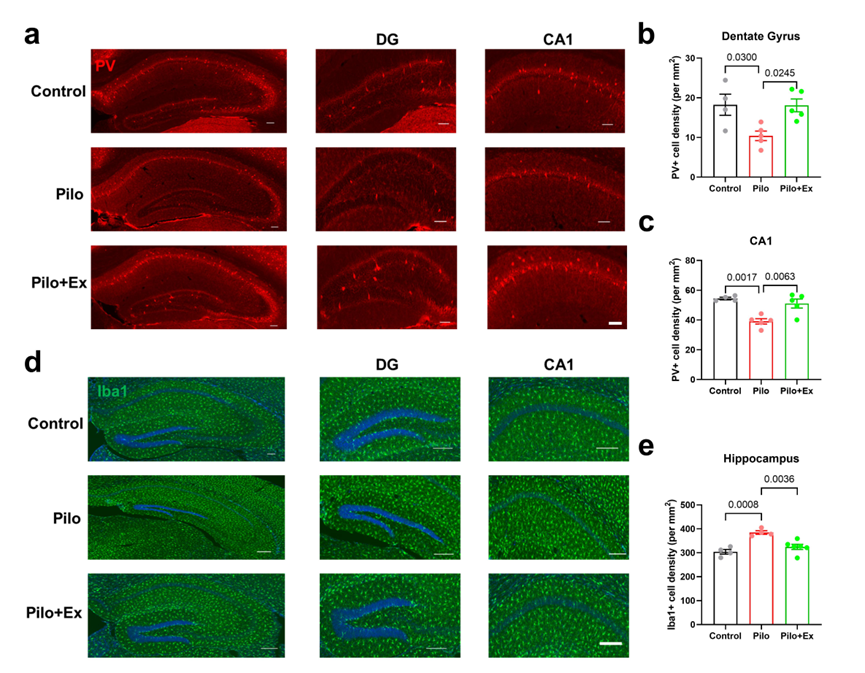
图3运动可减少癫痫小鼠小清蛋白阳性神经元缺失,并减少小胶质细胞数量(图源:Yu et al., Neural Regen Res, 2024)
为证明运动对神经炎症的缓解作用,使用免疫荧光染色对反应性溶酶体蛋白CD68进行定量分析,并以Sholl分析观察小胶质细胞的形态变化,最后定量分析了白细胞介素6和肿瘤坏死因子α两种炎症因子在海马内的水平。结果显示,癫痫小鼠海马CA1区小胶质细胞存在过度激活,而运动不仅能有效减少活化小胶质细胞的数量,还能显著改善其过度激活的形态(图4)。
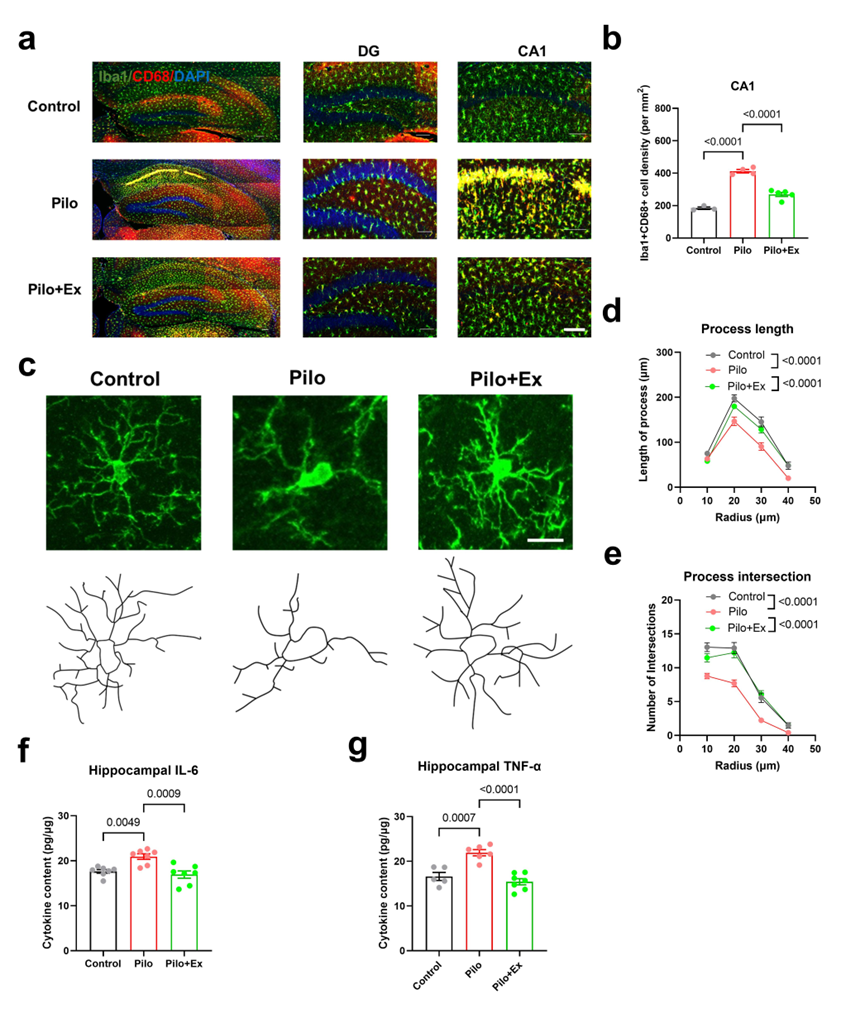
图4运动可减少反应性小胶质细胞数量,并改善其过度激活形态(图源:Yu et al., Neural Regen Res, 2024)
为了进一步阐明神经炎症在癫痫模型小鼠海马小清蛋白阳性中间神经元丢失过程中的作用,张力等使用集落刺激因子1受体抑制剂PLX5622来减少小胶质细胞,并观察小清蛋白阳性细胞数量以及小鼠行为学的变化。结果发现,2周后,PLX5622可显著减少海马中小胶质细胞的数量,抑制小清蛋白神经元的丢失,并改善癫痫小鼠的认知和空间记忆(图5)。
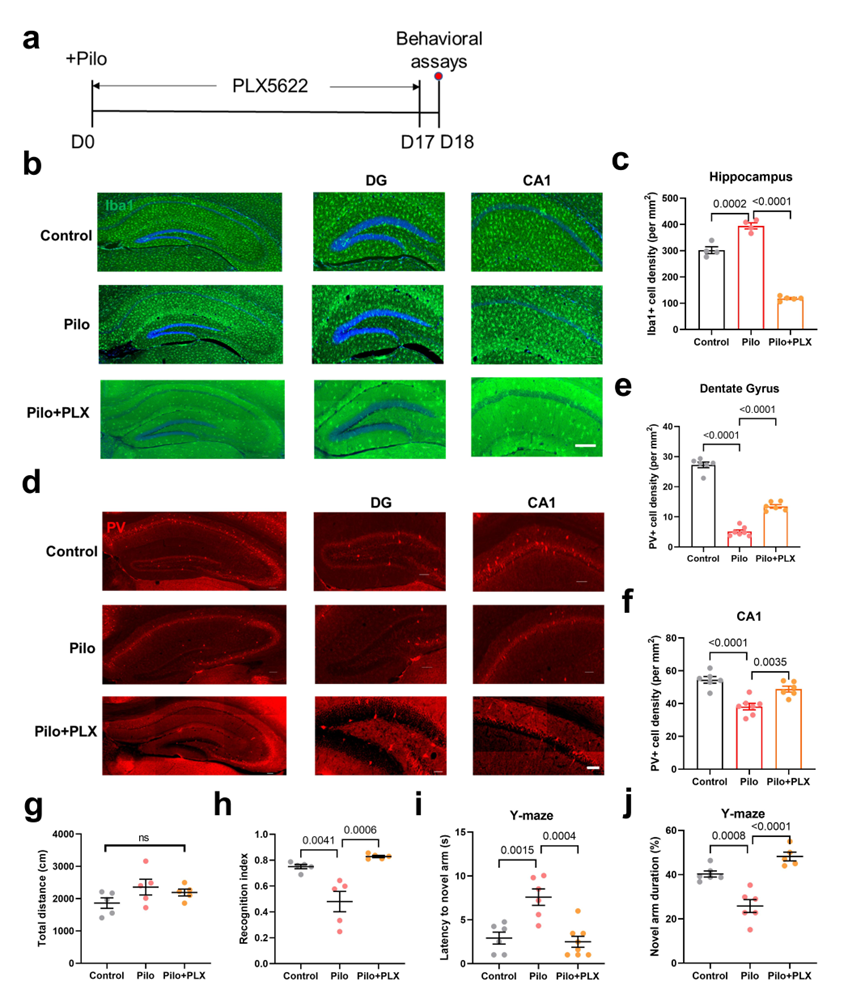
图5PLX5622可减少小胶质细胞数量并减少小清蛋白阳性神经元的丢失(图源:Yu et al., Neural Regen Res, 2024)
最后,为研究癫痫模型中神经炎症的机制,张力等又通过尾静脉注射伊文思蓝染料观察血脑屏障通透性的变化。结果发现,癫痫小鼠脑组织中伊文思蓝浓度持续升高,这提示其血脑屏障功能被破坏。而运动可通过降低血脑屏障的通透性改善血脑屏障的功能。为更好地检测血脑屏障的结构完整性,定量分析了Claudin-5的表达水平,发现匹罗卡品治疗可显著降低Claudin-5水平,而运动或PLX5622均能恢复蛋白的正常表达水平(图6)。
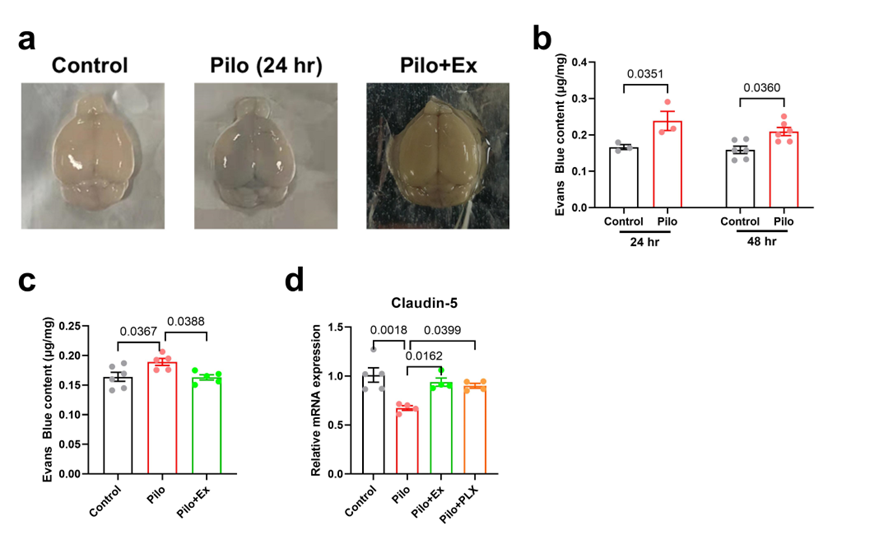
图6运动可保护癫痫小鼠血脑屏障的完整性(图源:Yu et al., Neural Regen Res, 2024)
综上,该研究揭示运动可显著减轻癫痫小鼠的神经炎症,保护小清蛋白阳性神经元,最终维持癫痫小鼠的正常的认知记忆功能。这为以运动作为非药物干预手段善癫痫患者的认知记忆提供了理论依据。
原文链接:https://doi.org/10.4103/1673-5374.377771
参考文献
[1] Devinsky O, Vezzani A, Najjar S, et al. Glia and epilepsy: excitability and inflammation. Trends Neurosci. 2013;36(3):174-184.
[2] Jiang X, Lachance M, Rossignol E. Involvement of cortical fast-spiking parvalbumin-positive basket cells in epilepsy. Prog Brain Res. 2016;226:81-126.
[3] Alhourani A, Fish KN, Wozny TA, et al. GABA bouton subpopulations in the human dentate gyrus are differentially altered in mesial temporal lobe epilepsy. J Neurophysiol. 2020;123(1):392-406.
[4] Chekroud SR, Gueorguieva R, Zheutlin AB, et al. Association between physical exercise and mental health in 1·2 million individuals in the USA between 2011 and 2015: a cross-sectional study. Lancet Psychiatry. 2018;5(9):739-746.
[5] Cavalcante BRR, Improta-Caria AC, Melo VH, et al. Exercise-linked consequences on epilepsy. Epilepsy Behav. 2021;121(Pt A):108079.
[6] De Almeida AA, Gomes Da Silva S, Lopim GM, et al. Physical exercise alters the activation of downstream proteins related to BDNF-TrkB signaling in male Wistar rats with epilepsy. J Neurosci Res. 2018;96(5):911-920.
[7] Rizzo FR, Guadalupi L, Sanna K, et al. Exercise protects from hippocampal inflammation and neurodegeneration in experimental autoimmune encephalomyelitis. Brain Behav Immun. 2021;98:13-27.
[8] Wang J, Tang J, Liang X, et al. Hippocampal PGC-1α-mediated positive effects on parvalbumin interneurons are required for the antidepressant effects of running exercise. Transl Psychiatry. 2021;11(1):222.





